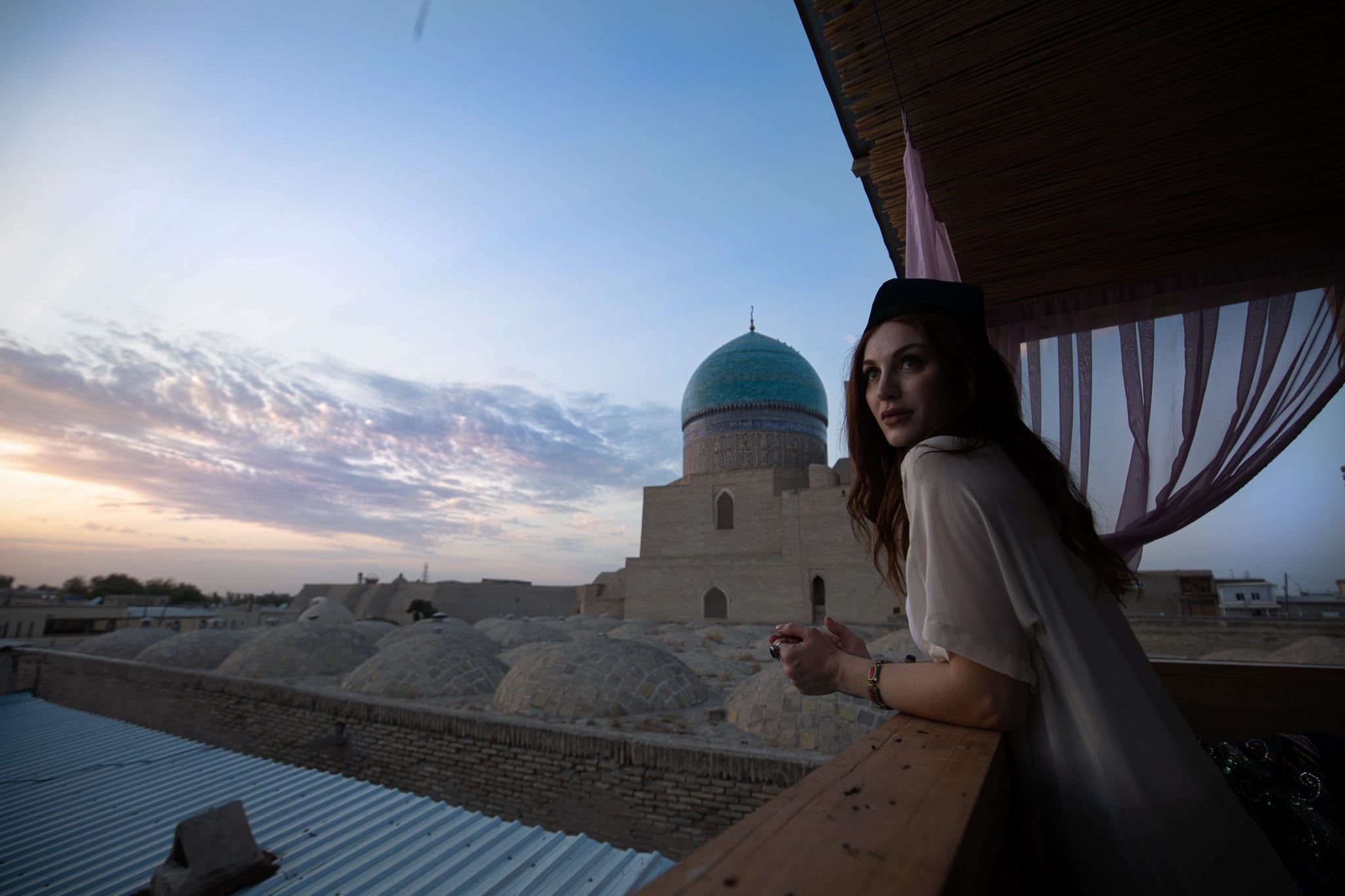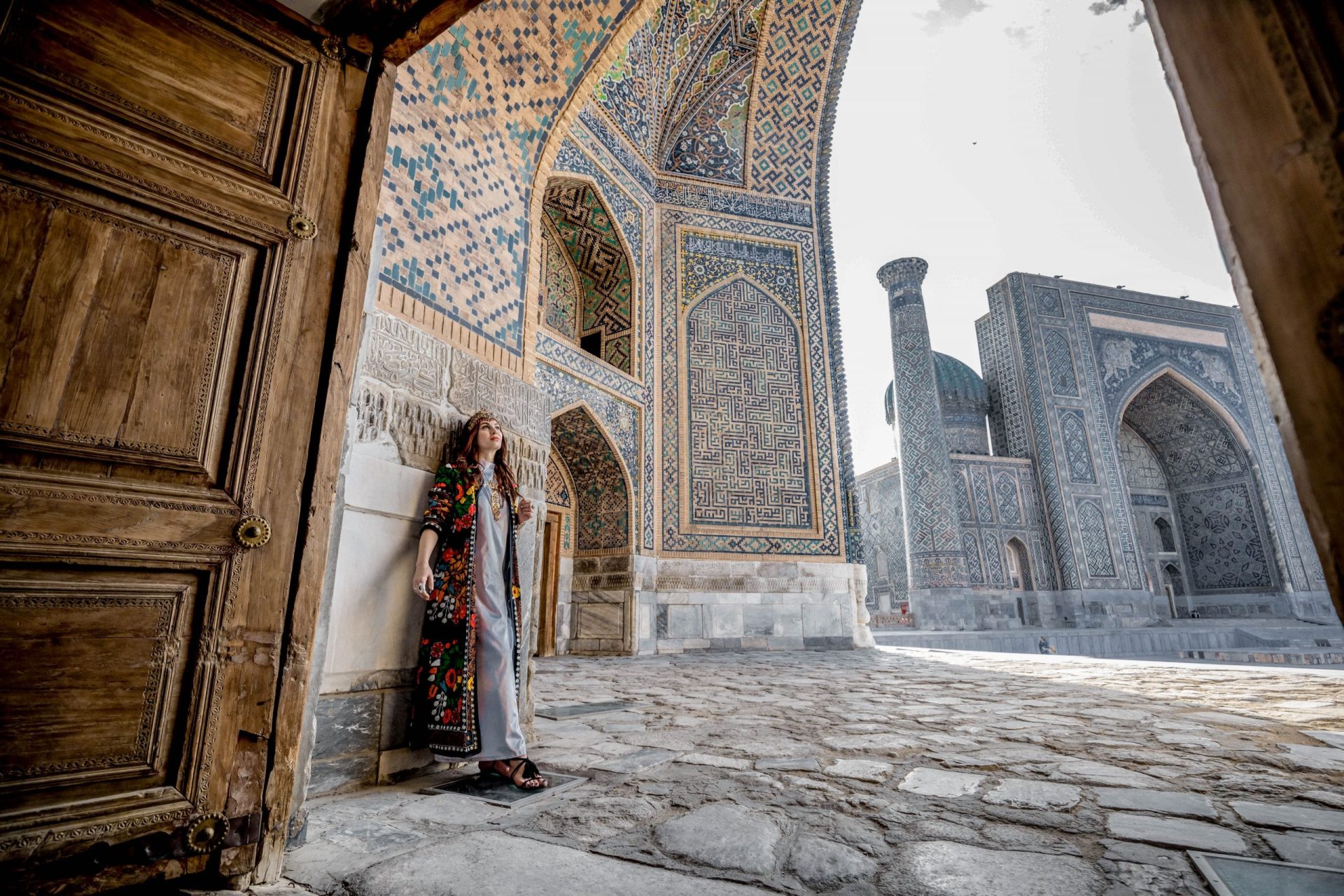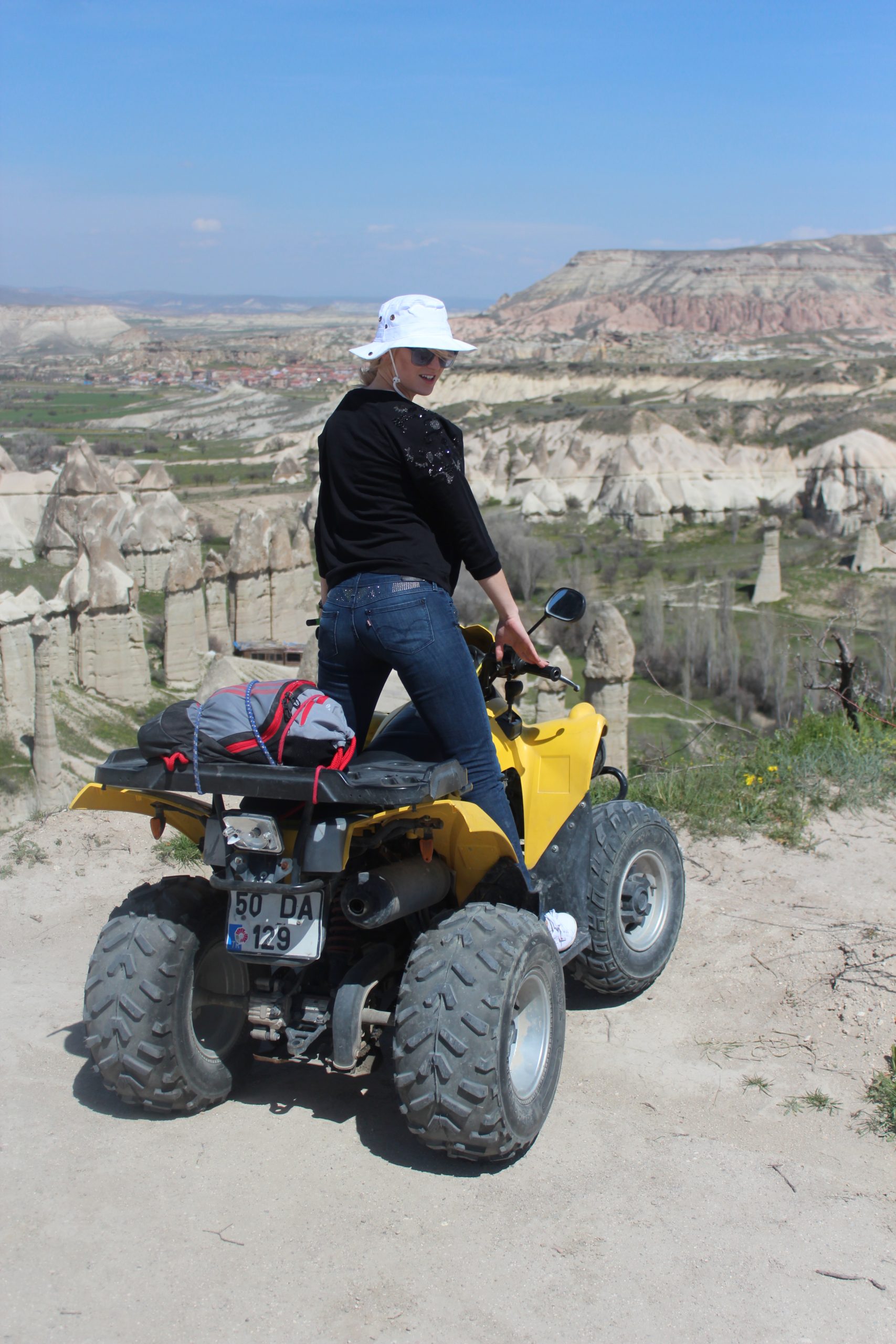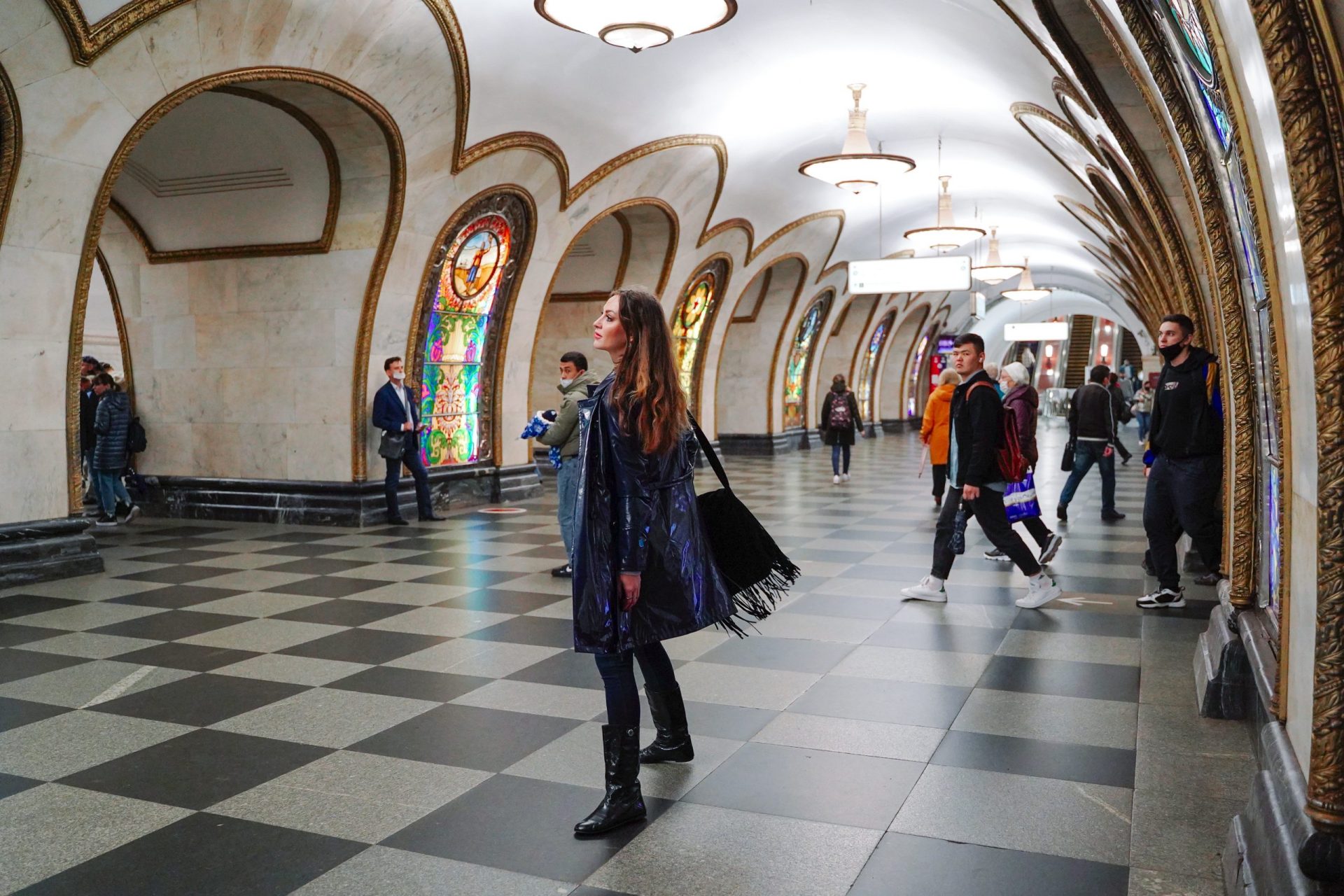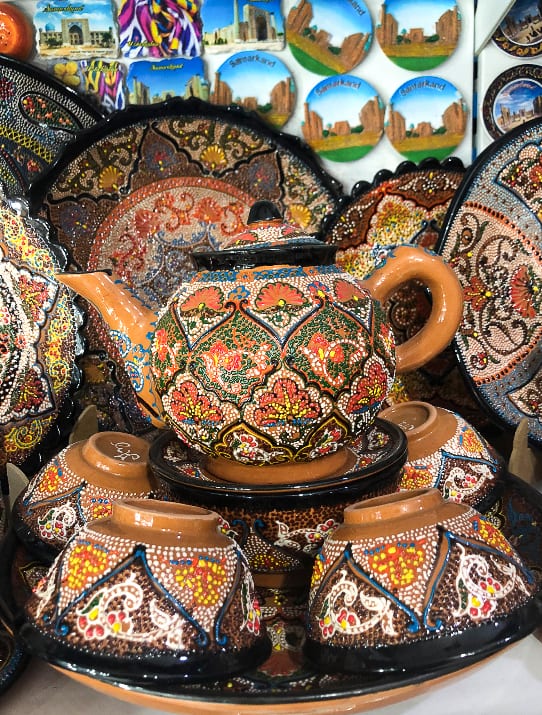
Day Trip to Gijduvan
Uzbekistan is as colorful and captivating as its vibrant ceramics.
Uzbekistan’s historical towns look as if they were photoshopped: azure sky, lush green gardens. Bazaars where watermelons and tomatoes (Uzbekistan’s fruit and veggies are some of the worlds best)compete in their vibrancy with silk and ceramics.
Day trip to Gijduvan from Bukhara
Artisan skills 2500 years in the making
Almost every country has ceramics traditions. So why should you pay special attention to Uzbekistan’s ceramics?
First of all it’s the oldest craft in Uzbekistan, dating 2500 years back.
Secondly, the land has insane amounts of high-quality clay. Of course, since ancient times, local artisans made it the country’s main pride export.
Where is Gijduvan located and why you should visit it?
Clay is the basis of everyday life in Uzbekistan: bread is baked in clay tandoors, houses and fortresses’ walls are made of raw or burnt bricks, dishes, jewelry, children’s toys, and home decor is also made of clay.
Centers of traditional pottery that emerged centuries ago in different parts of Uzbekistan still exist. Each school has its style and techniques, which are always from generation to generation. Dynasties of artisans are a common thing here.
It’s a piece of cake to recognize a handmade product.
at the bottom of each bowl you can see traces of a potter’s wheel – one thing that will not exist
Gijduvan is located only 40 km from Bukhara, which makes it a perfect day-trip.It has been the center of Central Asian ceramic production for centuries.
Irrigation canals with the water of Zeravshan, green gardens and vineyards surrounding it – you’d never guess that there is a real desert just 15-20km away.
Gijduvan lays the center of an oasis.
That’s why Gijduvan artisans focus on the warm yellow-golden and brown colors of the sun and the desert.
A subtle blue and turquoise white pattern is straightforward, delicate, restrained and noble—nothing extra – just like on the majolica of the historical monuments of Khiva.
Gidjuvan is one of the world’s oldest schools, which forms, colors, and patterns carried unchanged through many centuries.
You can easily recognize Gijuvan piece by it form :
There is no central symmetry in the brushstrokes of bowls and dishes.
Every design is symbolic: it always begins with the depiction of earth and ends with heaven.
Warm golden yellow and brown tones
Bowls and dishes have thermal properties – they keep the warmth for a long time.
Gidguvan ceramics are light as a feather. The secret to each pieces’ incredible lightweight is the sedge fluff.
Artisans add it to the clay and knead it. When an item is placed in the oven, the fluff burns out, leaving hundreds of micro-holes and cavities, making a piece light and thermo useful.
What is Gidguvan ceramics?
Another distinct feature of Gidguvan ceramics is the abundance of lids. The purpose: thermal. Your food will stay warm for a longer time with a top.
The artisans use only natural paint to decorate Gidgiuvan ceramics -the recipe is a secret passed from generation to generation. Typically, an artisan who makes a ceramic piece is not the one who illustrates it!
If you fall in love with Uzbekistan ceramics, there is one more place worth visiting.
Rishtan is another center for artisan ceramics in Uzbekistan. It is located about 300km from Tashkent, in Fergana valley.
Modern artisans from Rishtan, a small town between Kokand and Fergana, revive their ancestors’ traditions. Once Rishtan ceramics were the most famous in entire Central Asia.
Today, Rishtan style ceramics: blue-turquoise glaze and floral ornaments are the most popular in Uzbekistan.
Believe it or not, there are knockoffs of the famous Rishtan ceramics! Most markets in Uzbeksustan have pieces that look like Rishtan but are not authentic.
How to distinguish the authentic Rishtan bowl
The real “rishtan” is identified by :
- The long life of the products
- A delicate, graceful shape
- Soft shine of the glazed surface
- Only blue and turquoise colors
Modern artisans from Rishtan, a small town between Kokand and Fergana, revive their ancestors’ traditions. Once Rishtan ceramics were the most famous in entire Central Asia.
Today, Rishtan style ceramics: blue-turquoise glaze and floral ornaments are the most popular in Uzbekistan.
Believe it or not, there are knockoffs of the famous Rishtan ceramics! Most markets in Uzbeksustan have pieces that look like Rishtan but are not authentic.
Is it safe to travel to Uzbekistan? Find out in this article

